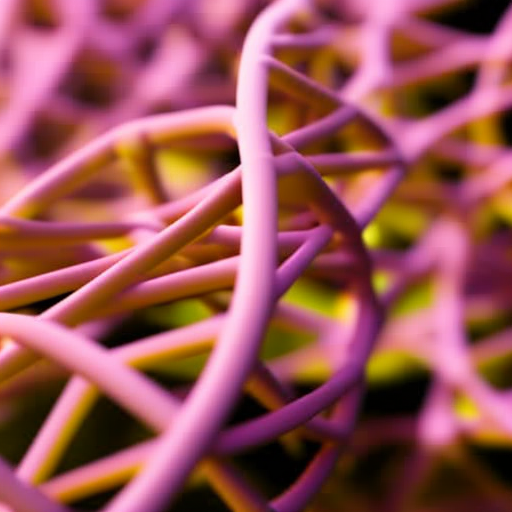Summary:
Genomics and proteomics are two branches of molecular biology that study the structure, function, and interactions of genes and proteins, respectively. Genomics focuses on the study of an organism’s entire genome, while proteomics focuses on the study of an organism’s entire proteome. Both fields have revolutionized our understanding of biology and have significant implications for medicine, agriculture, and other areas of research.
Genomics:
Genomics is the study of an organism’s entire genome, which is the complete set of genetic material present in an organism. It involves the sequencing, mapping, and analysis of genes and their functions. Genomics has provided valuable insights into the structure and organization of genes, as well as their roles in various biological processes.
One of the key techniques used in genomics is DNA sequencing, which allows scientists to determine the order of nucleotides in a DNA molecule. The development of high-throughput sequencing technologies, such as next-generation sequencing, has made it possible to sequence entire genomes quickly and at a lower cost. This has led to the generation of vast amounts of genomic data, which can be analyzed to identify genes, study genetic variations, and understand the relationship between genotype and phenotype.
Genomics has numerous applications in various fields. In medicine, it has contributed to the identification of disease-causing genes, the development of diagnostic tests, and the discovery of new drug targets. In agriculture, genomics has been used to improve crop yields, develop disease-resistant plants, and enhance livestock production. It has also played a crucial role in evolutionary biology, conservation genetics, and forensic science.
Proteomics:
Proteomics is the study of an organism’s entire proteome, which is the complete set of proteins expressed by its genes. Proteins are the functional molecules in cells and play essential roles in various biological processes. Proteomics aims to understand the structure, function, and interactions of proteins, as well as their regulation and modifications.
One of the main challenges in proteomics is the complexity of the proteome. Unlike the genome, which is relatively stable, the proteome is dynamic and can change in response to various factors, such as environmental conditions, disease states, and developmental stages. Proteomics techniques involve the separation, identification, and quantification of proteins in a sample.
Mass spectrometry is a widely used technique in proteomics that allows the identification and characterization of proteins based on their mass and charge. Other techniques, such as protein microarrays and protein-protein interaction studies, are also used to study protein function and interactions.
Proteomics has numerous applications in biology and medicine. It has contributed to the identification of disease biomarkers, the discovery of new drug targets, and the understanding of disease mechanisms. Proteomics also plays a crucial role in personalized medicine, where the analysis of an individual’s proteome can help tailor treatments to their specific needs. In addition, proteomics has applications in food science, environmental monitoring, and biotechnology.
Conclusion:
Genomics and proteomics are two complementary fields that have revolutionized our understanding of biology and have significant implications for various areas of research. Genomics focuses on the study of an organism’s entire genome, while proteomics focuses on the study of an organism’s entire proteome. Both fields have contributed to the identification of disease-causing genes, the development of diagnostic tests, and the discovery of new drug targets. They have also played a crucial role in agriculture, evolutionary biology, and other areas of research. Continued advancements in genomics and proteomics technologies are expected to further enhance our understanding of biological systems and lead to new discoveries in the future.












